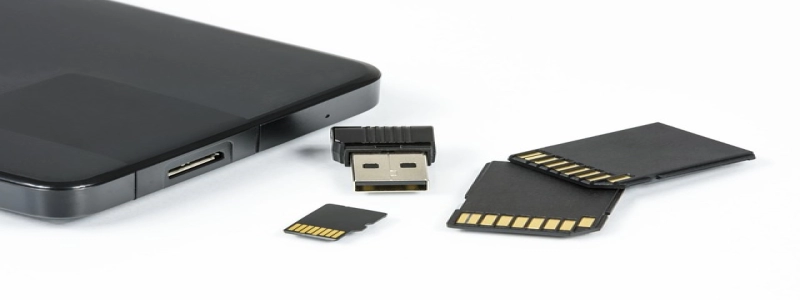RF Step Attenuator
導入:
The RF step attenuator is a vital component in RF circuits, designed to provide adjustable attenuation or loss in radio frequency signals. It is widely used in various applications such as signal testing, signal conditioning, interference reduction, and amplifier matching. 記事上で, we will discuss the working principle, advantages, and applications of RF step attenuators.
Working Principle:
RF step attenuators work on the principle of signal attenuation through the insertion of resistive pads or attenuator cells. These pads are usually comprised of precision resistors connected in a ladder configuration. Each resistor provides a specific amount of attenuation. By selecting the appropriate combination of resistors, the desired level of attenuation can be achieved. The attenuator’s impedance, frequency range, and attenuation accuracy are critical parameters that determine its performance.
利点:
1. Adjustable attenuation: RF step attenuators offer the flexibility to adjust the level of attenuation according to the specific requirements of a circuit or system. This feature enables precise control over signal strength, allowing for accurate measurements and optimal performance.
2. Wide frequency range: These attenuators are designed to operate over a broad range of frequencies, making them suitable for various RF applications across different frequency bands.
3. High attenuation accuracy: RF step attenuators are built with high-quality components, ensuring accurate and reliable attenuation levels. This accuracy is crucial in maintaining signal integrity and minimizing distortion.
4. Compact and lightweight: The compact and lightweight design of RF step attenuators makes them easy to integrate into RF circuits and systems without adding unnecessary bulk or weight.
5. Low insertion loss: These attenuators have low insertion loss, which means minimal signal power is lost while passing through the attenuator. This feature is vital to maintain signal strength and avoid degradation.
アプリケーション:
1. Signal testing: RF step attenuators are commonly used in RF testing and measurement setups to control signal strength for accurate testing and calibration purposes.
2. Signal conditioning: Attenuators can be used to adjust signal levels in RF communication systems, ensuring compatibility and preventing overdriving of sensitive components.
3. Interference reduction: Attenuators can help reduce unwanted signal interference by attenuating the interference source and enhancing overall system performance.
4. Amplifier matching: Attenuators are essential for matching amplifiers to different input and output impedance levels, optimizing power transfer and minimizing signal reflections.
5. RF system calibration: Attenuators are utilized in the calibration of RF systems to ensure accurate power measurements and proper functioning of devices.
結論:
RF step attenuators are indispensable components in RF circuits, providing adjustable attenuation for signal testing, conditioning, interference reduction, and amplifier matching. With their ability to offer precise control over signal strength, wide frequency range, high attenuation accuracy, compact design, and low insertion loss, these attenuators play a vital role in maintaining signal integrity and optimal performance across various RF applications.








